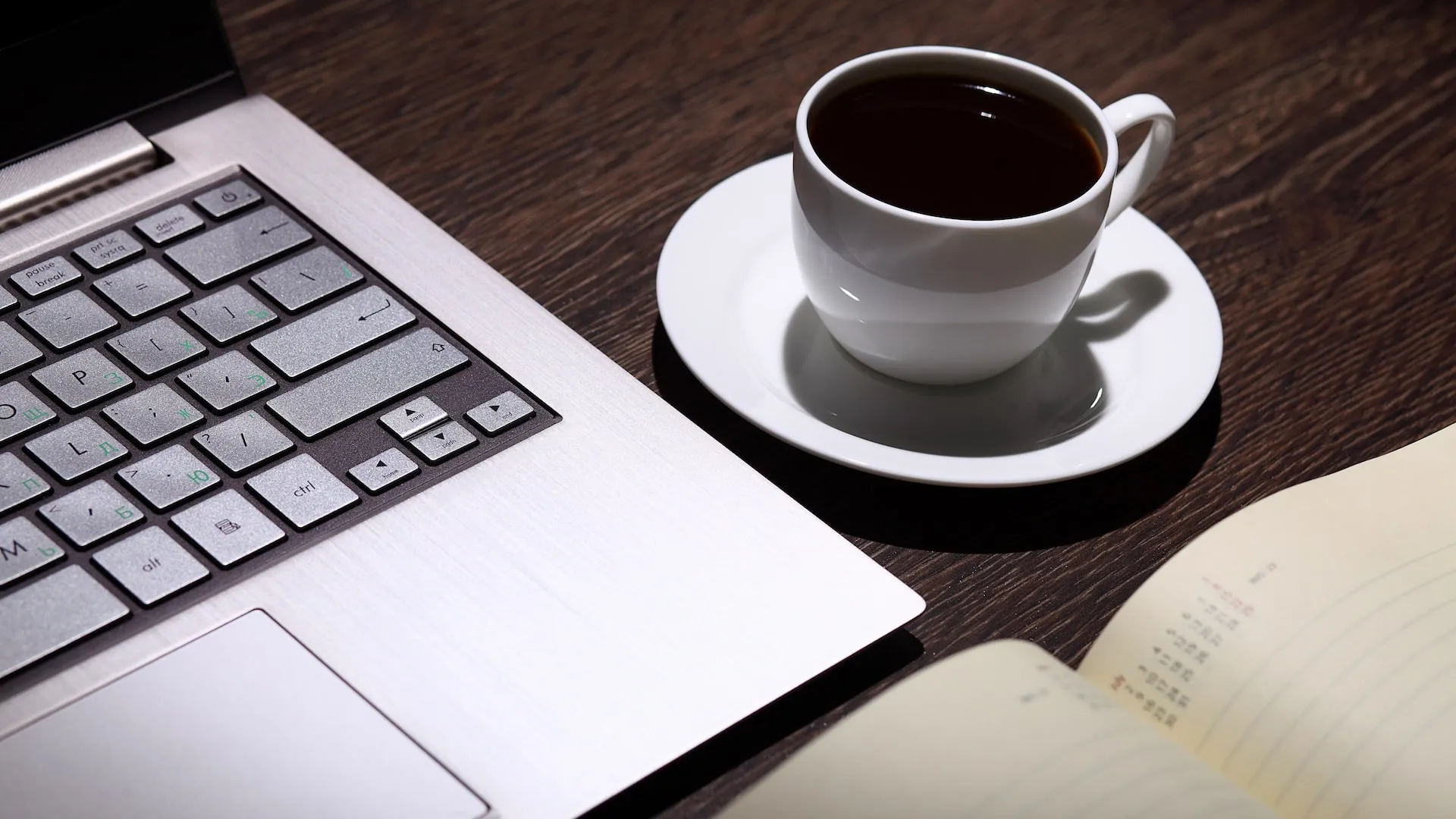
Culture remains the No. 1 barrier to successful digital transformation. Every time we survey business executives about digital transformation, they tell us that their organizational culture is a problem. After years of looking at data and interviewing executives, I can now see that the word “culture” masks a multitude of sins inside the organization. Which is why I wanted to write a report that gets at solving these “cultural” challenges faced by most large enterprises. You can find my analysis and recommendations in the newly published report: Set The Right Metrics To Shape Your Culture.
What’s broken?
Over the years I’ve done a lot of work with organizations looking at business strategy and execution. I’ve also learned a number of lessons myself from running small and large teams inside IT, marketing, and business units. One of the things I’ve noticed in my career is that the common success metrics across these different lines of business vary enormously. And as a consultant, whenever I look for the root cause of organizational dysfunction, I always begin with examining how people are measured.
This is why, five years ago, I started to examine employee metrics within our digital transformation research. I wanted to discover if there were some quantitative evidence of my perception that metrics were causing employees to behave in ways that might be construed as “cultural” barriers (see this 2013 post, this post, and this 2016 post).
Here’s what I found:
Employees make everyday judgments based on what the organization signals to them is important. And while many CEOs assert that the customer is the most important person, the metrics they use to measure employee effectiveness very often do not reflect that assertion.
Lou Gerstner, former CEO of IBM, says:
“People do not do what you expect but what you inspect. Culture is not a prime mover. Rather it is a derivative. It forms as a result of signals employees get from the corporate processes that structure their work priorities. Compensation is one of the most important of these processes. If the reward system pays a premium for one kind of behavior, that’s what will determine employee behavior, regardless of the words enshrined in the value statement.”
To shape company culture, leaders must first examine how employee metrics shape behavior. The report looks at important KPIs across IT, marketing, and lines of business and highlights where these metrics diverge. The graphic below provides a glimpse into the dissonance we see between these three groups; instead of neatly aligned KPIs, we see something akin to a noise signal on an oscilloscope (do oscilloscopes still exist?).
How do you fix it?
If you follow my research, you know this isn’t the first time I’ve published research on this. But it remains such a big problem for many organizations undergoing digital transformation that I felt we needed to publish an update. This report not only bring the data up to date, it also offers practical suggestions on how you can use the right metrics to shape the culture you want for your employees.
When building collaborative teams that span enterprise groups, even just being aware that people on the team have metrics different to your own helps bring a level of empathy. Maybe the guys from IT aren’t being deliberately obstructive . . . maybe they’re just seeing the problem and solution through a different operating lens!
Getting everyone aligned under the same metrics is difficult, but so too is operating at cross purposes! I believe the best teams and companies come together around a common set of metrics. Let me illustrate:
- You’re on a Viking longboat. On the left side are the techies and on the right are the marketing types.
- There are two drummers beating the timing and shouting.
- On the left, the drummer shouts “PULL.”
- On the right the drummer shouts “PUSH.”
Where does the boat go?
If you want your longboat to reach your destination, make sure you’re giving everyone on the boat the same set of directions. Examine your employee metrics and see if they are contributing to employee harmony or dissonance.
When you read the report, let me know what you think — either on LinkedIn or Twitter — and tell me how you’ve been successful in getting your longboat to move forward in harmony.
(And if you’re an expert on longboats, please forgive my analogy — it’s not meant to be historically accurate!)
Nigel Fenwick is VP and principal analyst at Forrester Research. Read more Forrester blogs here.





